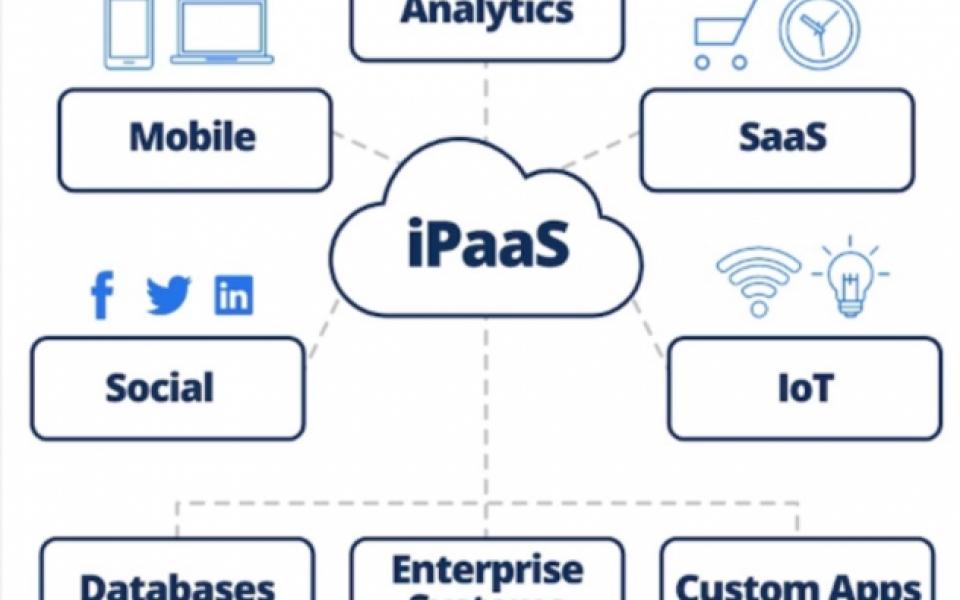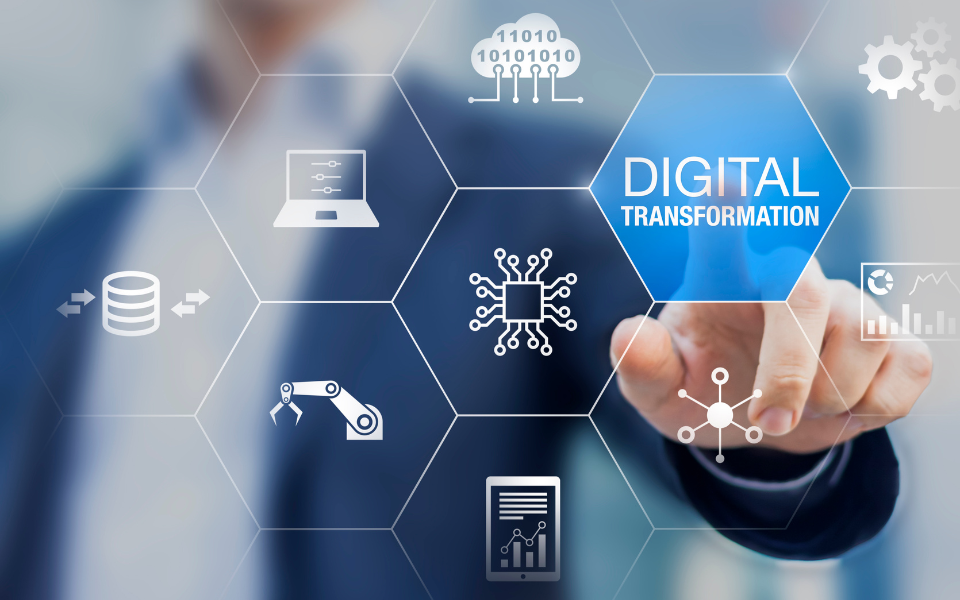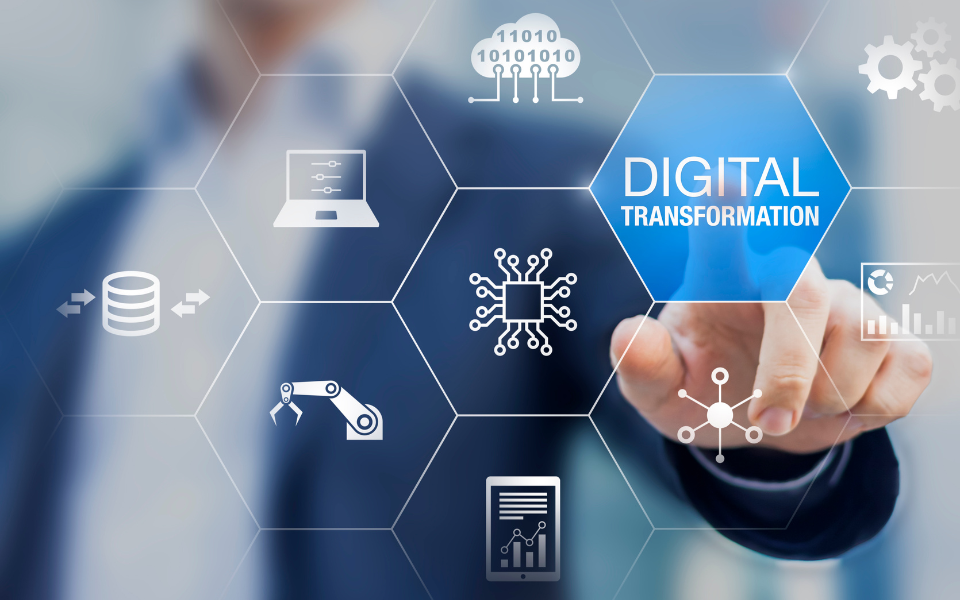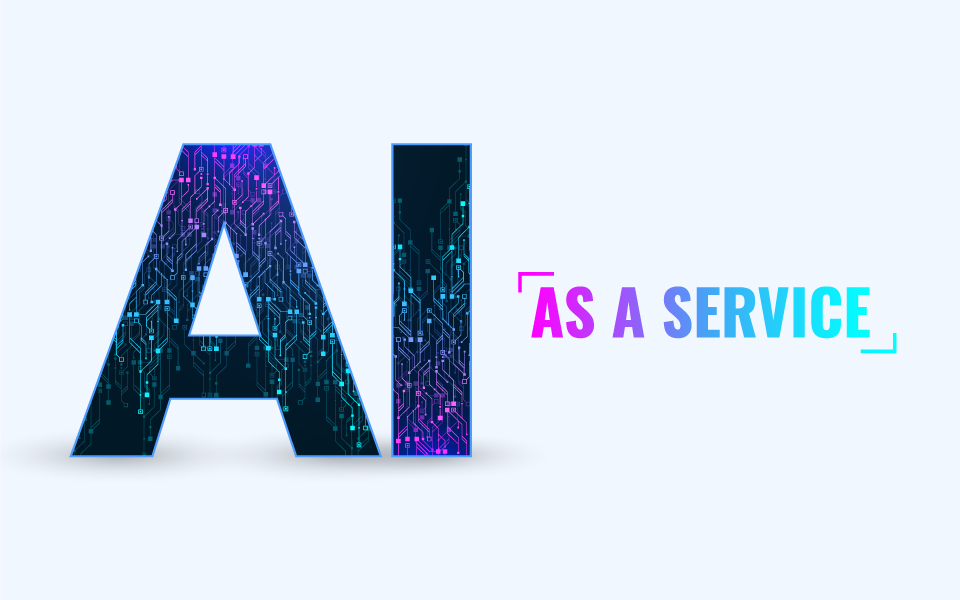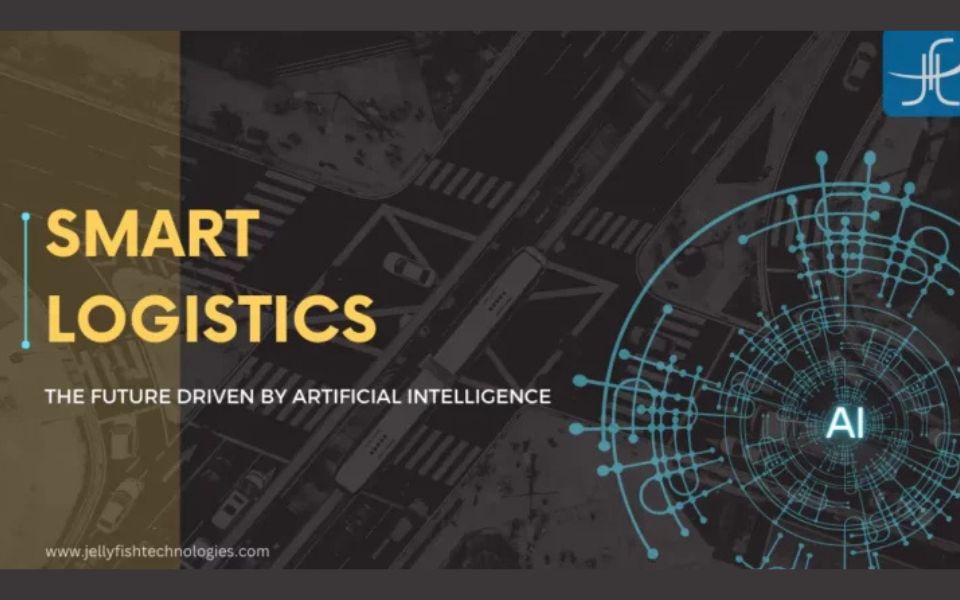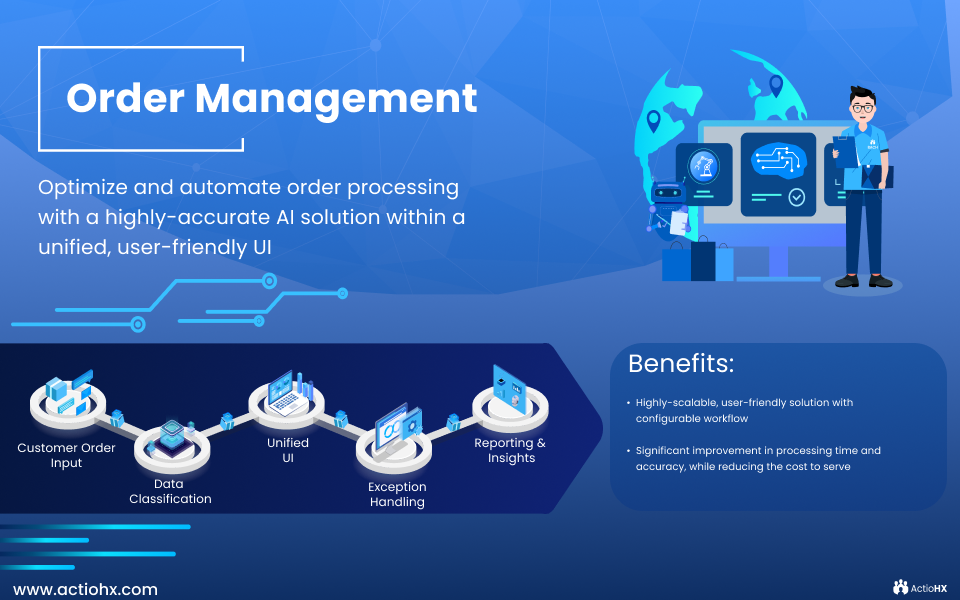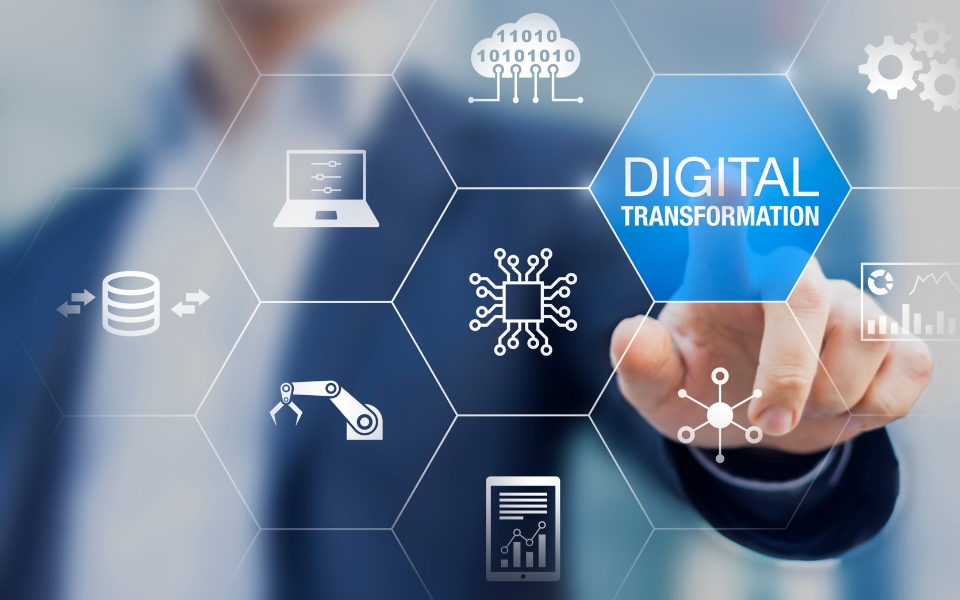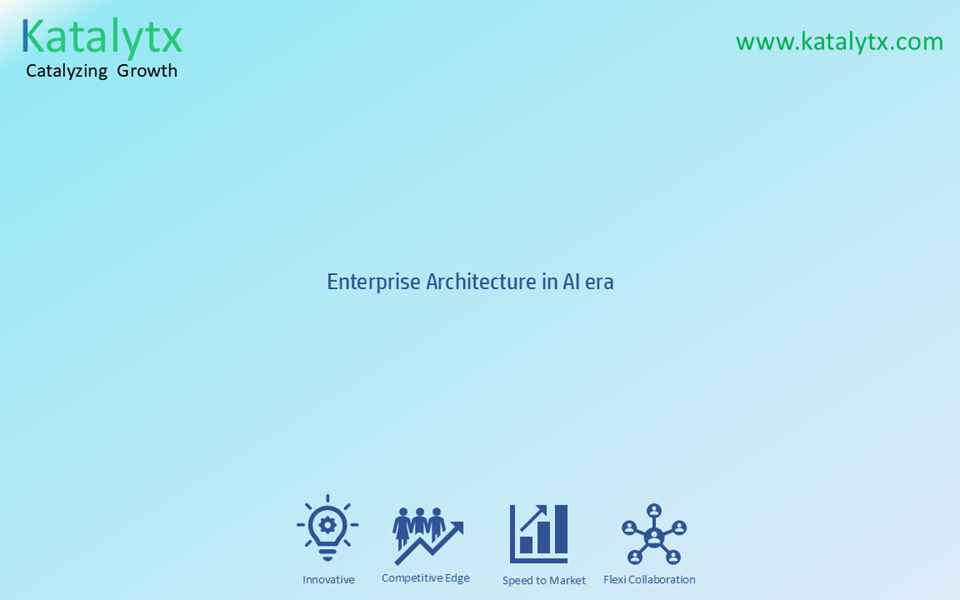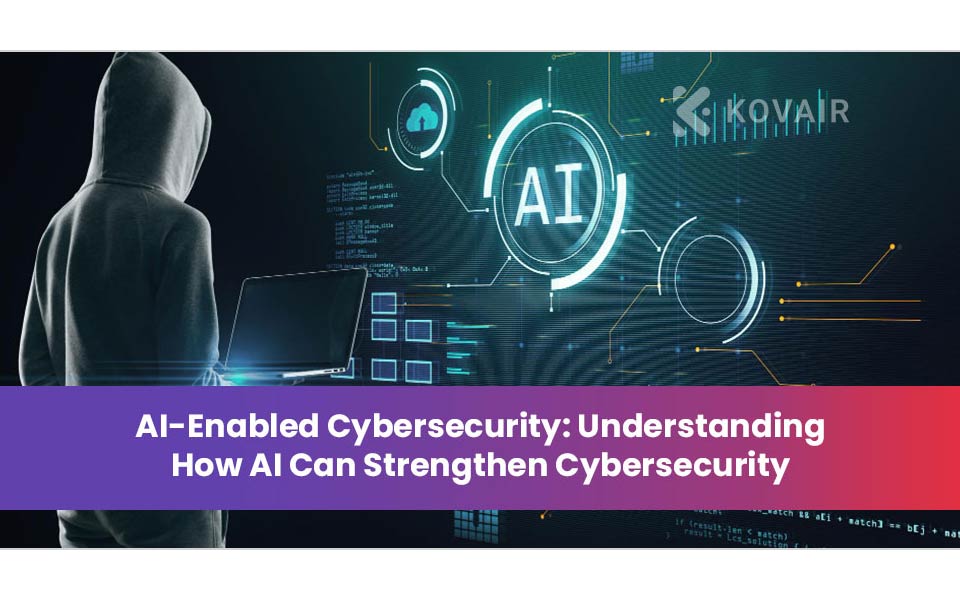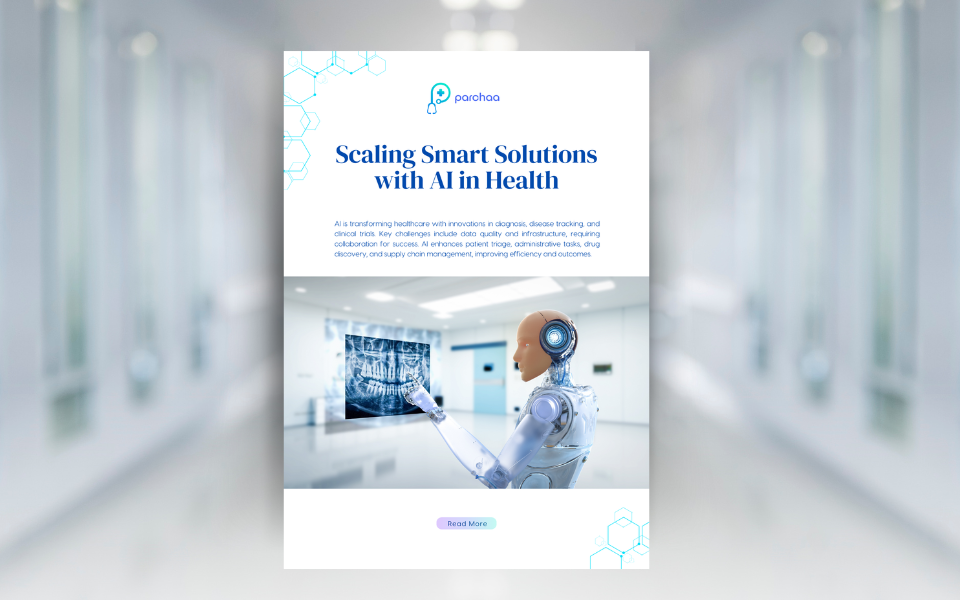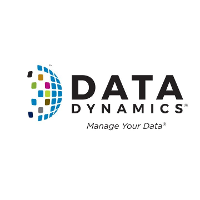Introduction
Integration platform-as-a-service – iPaaS, is a sub-domain of Platform as a Service - PaaS, and continues to evolve as an integration alternatives capable of meeting a diverse range of integration needs, including on-premise, cloud and B2B. Organizations should consider iPaaS as a means to reduce the complexity of integration landscape as they continue to focus on managing complex business landscape and restricted budgets, and still achieve faster time to integration. This article will guide IT architects, Integration centre of excellence - COE and IT Executives articulate and understand iPaaS platform in greater debts to assist them in selecting a best alternative for their specific business requirements.
Overview
An integration platform as a service - iPaaS provides capabilities to enable data, application, API and process integrations spanning cloud and on-premises solutions. This is achieved by developing, deploying, managing and monitoring integration interfaces i.e. integration solutions bridging multiple endpoints so that they communicate. iPaaS is typically leveraged for cloud integration, application to application integration, business to business integration, mobile application integration and API publishing integration scenarios.
iPaaS provides various technologies, tools and frameworks that enables building robust integration solutions. iPaaS capabilities can be utilized to build integration flows that connect combination of cloud-based and on-premises applications, including those for business partners. These integration flows are deployed and managed in the cloud; therefore, users don't need to procure hardware and integration middleware to run them this is done by the ISV. Neither do IT-Teams have to bother with deployment, administration, upgrading and monitoring of the underlying integration platform as that will be managed by the ISV like IBM or Microsoft.
-
Enterprises must continuously adapt to changing business needs. As a result, the interfaces with these systems must evolve continuously: changing from batch to real time, introducing a new attribute in the data schema, or changing from one API to a new version.
-
Application portfolios are hybrid, with many organizations having to integrate between these diverse systems.
-
The large costs, long delivery times and complex infrastructure builds associated with traditional on-premises approaches are just not in line with today's lean approaches and timelines.
-
Few organizations are finding that their established on-premises integration practices needs be leveraged to integrate with SaaS applications, many more are finding that their existing approaches are just not delivering fast enough to meet these new business challenges.
-
Organizations have heavily and strategically invested in ESBs to support their service-oriented architecture - SOA initiatives. While this investment is valuable for on-premises systems-of-records integration, it may not support applications integration in the cloud, and dynamic integration needs. These large enterprises now have the choice of complementing their strategic ESB investments with an iPaaS for cloud integration.
-
Organizations like to focus on unlocking extra value via Microservices, API Management, Mobile integration, IoT and analytics.
iPaaS Reference Architecture

iPaaS Reference Architecture
The iPaaS Reference consists of the following building blocks:
Application Integration: Application integration is typically based on an enterprise service bus - ESB or low-latency messaging based on JMS, or Microservices for example, with latency lower than 1 millisecond. Cloud-based integration (CBI), which is defined as a multitenant integration service running in the cloud and providing integration between cloud and cloud or cloud and on-premises business applications. Integration with the Internet of Things or physical computing. This capability offers a packaged approach to integrate industrial manufacturing infrastructures like robots or embedded devices. These capabilities support Simple object access protocol (SOAP) or extensible mark-up language (XML) over Java message service (JMS)/HTTP to REST/JSON services/APIs, File-based interfaces to REST services/APIs or JSON to XML.
Microservices & API Management: Microservices are a method of developing software applications, which are made up of independently deployable, modular services. Each microservice runs a unique process and communicates through a well-defined, lightweight mechanism, such as a container, to serve a business need. An iPaaS offers pre-built, reusable connectors that empower developers to rapidly generate and publish APIs to support a microservices architecture. This empowers IT-teams to integrate different microservices together to create specialized applications. The iPaaS platform also enables creating and hosting microservices leveraging the platform frameworks and tools. This capability enables Implementing microservices that addresses a specific business need. This is where the business logic is implemented and triggered or invoked through API management and is orchestrated by BPM.
API management offers a unified approach to the governance of public, private, and partner APIs while fulfilling other key requirements, such as message/protocol transformation, developer enablement and community management, API lifecycle governance, operational and business analytics, API/service/data security, and monetization. It is an increasingly critical capability, providing the requisite governance, performance management, and security framework to help ensure the delivery of positive business outcomes.
ESB: ESB facilitates integrating numerous applications together over a bus-like infrastructure. ESB facilitates integrating different applications by enabling a communication bus between them and then enable each application to talk to the bus. This decouples systems from each other, allowing them to communicate without dependency or knowledge of other systems on the bus. This supports variety of data and message validations, content-based routing, adapters and security. This capability also ddecouples upstream systems from downstream systems or different microservice and eliminate point to point integration and thus system dependencies. This also securely expose legacy LOB (Line of Business) data sources and services. The messages are logically routed through the Service Bus providing a highly available fully managed messaging fabric. This provides provision for switching (includes reuse of integration processes/configurations) between different deployment model’s easy federation with traditional integration platforms (for example, ESB).
B2B Integration: Business-to-Business (B2B) Gateways facilitates integrating data from different back-end systems enabling information exchange across trading partners. This set of capabilities provides the runtime environment for application and B2B integration, implementing services such as transport of data and messages between endpoints using a variety of formats and protocols, data and message validation, content-based routing, adapters, security and B2B partner community management. Forms the critical core of their updated architecture and allows messages to be reliably routed between systems.
BPM: BPM provides users with integration platform services to execute integration flows. These integration flows can be developed in the IDE via the development and life cycle management platform services. iPaaS services are provided in a multitenant fashion. That is, the software platform implementing the services is shared across multiple tenants (i.e., organizations using the iPaaS), and tenant isolation is guaranteed. One tenant cannot see or change the integration flow models of other tenants, cannot start or stop integration flows in other tenants' environments and cannot see in-transit data belonging to other tenants, and the execution of one tenant's integration flows cannot interfere with those of other tenants. Implements and orchestrates visually designed integration workflows and microservices. These workflows provide efficient ways to process and manipulate data that can be obtained or pushed via different connectors. To build integration solutions it provides a growing catalogue of ~200 built-in connectors, such as SQL Database, Azure services, Office 365, Salesforce and many more. One can interact with different protocols, SaaS systems, other services and on-premises systems. Communication protocol connectors (FTP, HTTP, AMQP, MQTT, AS1/2/3/4, etc.)
Data Integration: Enable the aggregation of data from multiple sources into an integrated view to support consistent access to and delivery of cloud-based and on-premises data. These capabilities involve using bulk/batch data delivery approaches to consolidate data from primary databases and formats, executing queries against multiple data sources to create virtual integrated views of data in memory, encapsulating data in messages that various applications can read, or synchronizing data between a cloud-based data store and other cloud-based or on-premises DBMSs and schemas. This provides data quality services (data profiling, de-duplication, enrichment, cleansing, matching, and so on) offered by the iPaaS solution Extract, transform and load (ETL) capability and Data mapping and transformation.
IDE & Developer Productivity: These enable users to model, develop, configure, test and deploy integration flows and their associated artefacts. These capabilities are provided through an integrated, graphically oriented modelling environment or the IDE, which makes it possible for developers to model integration flows, orchestrations, business objects, message formats, data, rules and other assets utilizing an intuitive "drag and drop" metaphor. Certain aspects, for example, integration flow configuration and deployment, are assisted by wizard-driven tools. Typically, developers can also incorporate custom-developed code (Java, .NET, JavaScript, PHP and other languages) in their integration flows, if necessary. This saves time, boosts productivity, and allows spending of more time focusing on core business needs.
Monitoring & Management: Through the monitoring and management component, users deploy and administer integration flows, monitor their execution, manage their behaviour (e.g. can change priorities, quality of service [QoS] requirements or security policies) and perform other monitoring and management tasks. This set of services provides the capabilities needed to monitor, manage and administer the runtime execution of users' integration flows. This capability provides monitoring resource utilization/system health/runtime performance and monitoring production integrations
Governance & Security: An iPaaS also provides governance platform services to support the governance processes associated with integration/SOA initiatives. These services help users agree on, define and apply policies that enforce the governance decision chains associated with endpoint interfaces (e.g. SOA services or SaaS APIs), oversee compliance with the policies (through metrics) and decide what to do with the exceptions. Provide capabilities to manage the life cycle of endpoint interfaces and other reusable artefacts. This capability collects data necessary to track governance key performance indicators (such as endpoint availability, response time, number of messages emitted/processed by each endpoint, etc.) and other policy-relevant metrics from endpoints, on-premises application infrastructure and the iPaaS runtime environment.
-
Enables and leverages integration architecture, governance and management framework, best practices and standards.
-
Governance framework that will help drive future business development and business decision making
-
Low risk solution as iPaaS provides out-of-the-box capabilities Leveraging Cloud & On-premise solutions facilitating Hybrid integration
-
Solution components are highly Scalable and Configurable
-
Cost efficient for developing, managing and running software solution as it’s a pay as you go model
-
iPaaS can help you on your journey to reducing risks and achieving compliance with the GDPR through tools and processes.
-
Agile and responsive to meet business demands, with accelerated application deployment and continuous agility by design
-
Visually build workflows with easy-to-use tools and write once, reuse often which means built-in re-usability and extensibility in the platform
-
Get started faster with IPaaS platform templates, workflows and out of box connectors
-
Provides Excellent support for enterprise integration and B2B scenarios and Connect disparate systems across heterogeneous environments
Conclusion
iPaaS provides model-driven development tools, prepackaged integration flows and templates, self-service provisioning and subscription-based pricing that are particularly attractive for small to midsize businesses or departments and business units of large enterprises looking for fast time-to-integration approaches. With businesses moving toward digitization, IPaaS helps connect legacy systems, modern, and cutting-edge systems more easily and quickly by providing pre-built APIs as connectors. IPaaS platform are fully managed by the ISV, which frees enterprises from the worries of building, hosting, scaling, managing, monitoring, and maintaining the solutions. With the capability to create serverless applications and solutions, enterprises can focus on the core business logic rather than spending effort and time on lesser priority tasks. You pay only for what you use, based on a pay-as-you-go pricing model.
iPaaS continues to expand beyond cloud service integration and is increasingly being used for hybrid integration scenarios involving a mix of on-premise, SaaS, B2B, and/or mobile application integration. With the increasing need to “do more with less”, Integration Competency Centre - ICC/integration COEs are embracing agile approaches to integration. LOB-led iPaaS adoption is quite common. The role of iPaaS in enterprise integration continues to expand, as evidenced by the increase in average subscription/deal size for relatively mature iPaaS solutions. iPaaS offerings have enhanced the overall value proposition of their solutions by offering low-latency processing, data management, and API management capabilities on top of iPaaS.




